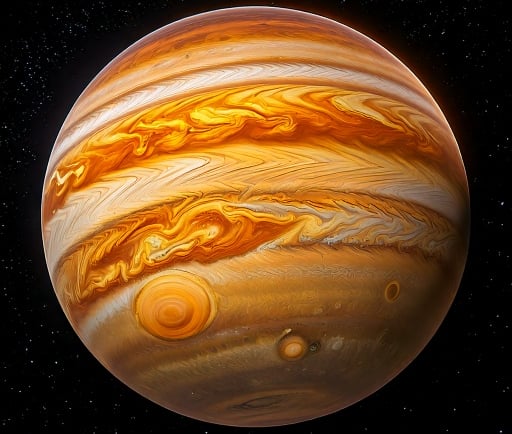KELT-23AB: A Hot Jupiter in Ursa Major


Introduction to KELT-23AB
The astronomical community has increasingly become fascinated by the discovery of exoplanets, particularly those that challenge our understanding of planetary and stellar formation. One such example is KELT-23AB, a remarkable hot Jupiter located in the Ursa Major constellation. This planet is notable not only because of its exotic characteristics but also due to its proximity to a near-solar twin system.
Physical Characteristics
KELT-23AB is classified as a hot Jupiter, a type of exoplanet characterized by its large size and close orbit around its parent star. Specifically, KELT-23AB orbits its star using the transit method, which provides astronomers with crucial data about its atmosphere and physical properties. The planet orbits at a distance that is roughly equivalent to 126.7 ± 0.3 parsecs from Earth, highlighting the impressive spatial research capabilities supported by modern telescopic technology.
Significance of KELT-23AB
The significance of KELT-23AB extends beyond its classification as a hot Jupiter. Its position in a near-solar twin system allows astronomers to compare it with planets in our own solar system, providing insights into planetary dynamics and formation. Understanding its atmosphere and mass can reveal information about its potential habitability as well, prompting further investigations. Furthermore, the gravitational interactions between KELT-23AB and its companion star can add valuable data regarding the evolutionary trajectories of similar exoplanets.
As research continues, the study of KELT-23AB is expected to yield findings that might alter our comprehension of both exoplanets and stellar systems in the universe. The continued interest in hot Jupiters like KELT-23AB emphasizes the need for sophisticated observational techniques and analysis methods in astrophysics.
In conclusion, KELT-23AB stands as a captivating example of contemporary astronomical discoveries, which not only enrich our knowledge of exoplanets but also enhance our understanding of the cosmos. As inquiries advance, the gathering of empirical data on planets like KELT-23AB will undoubtedly forge pathways to future explorations of planetary science and our own celestial neighborhood.
